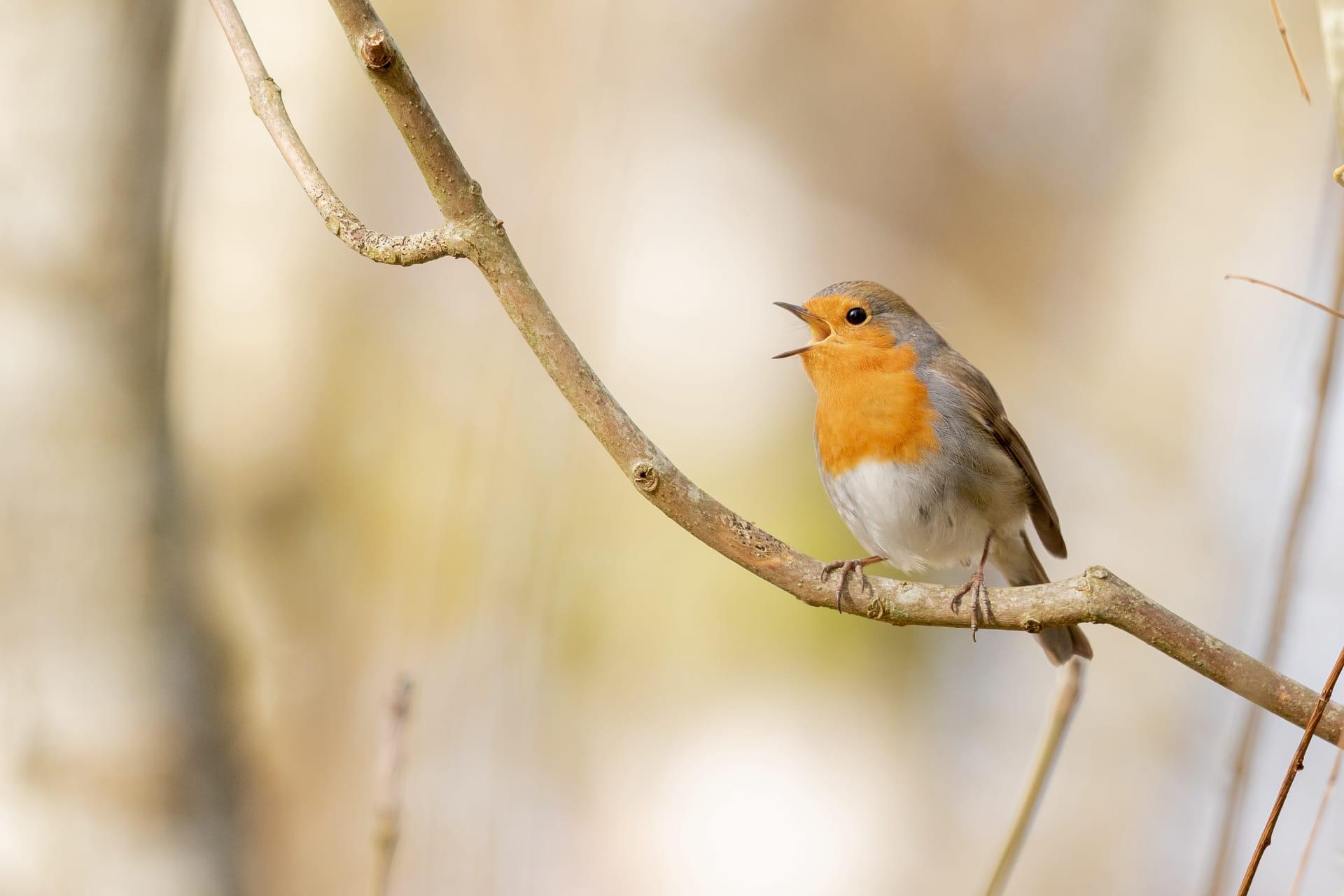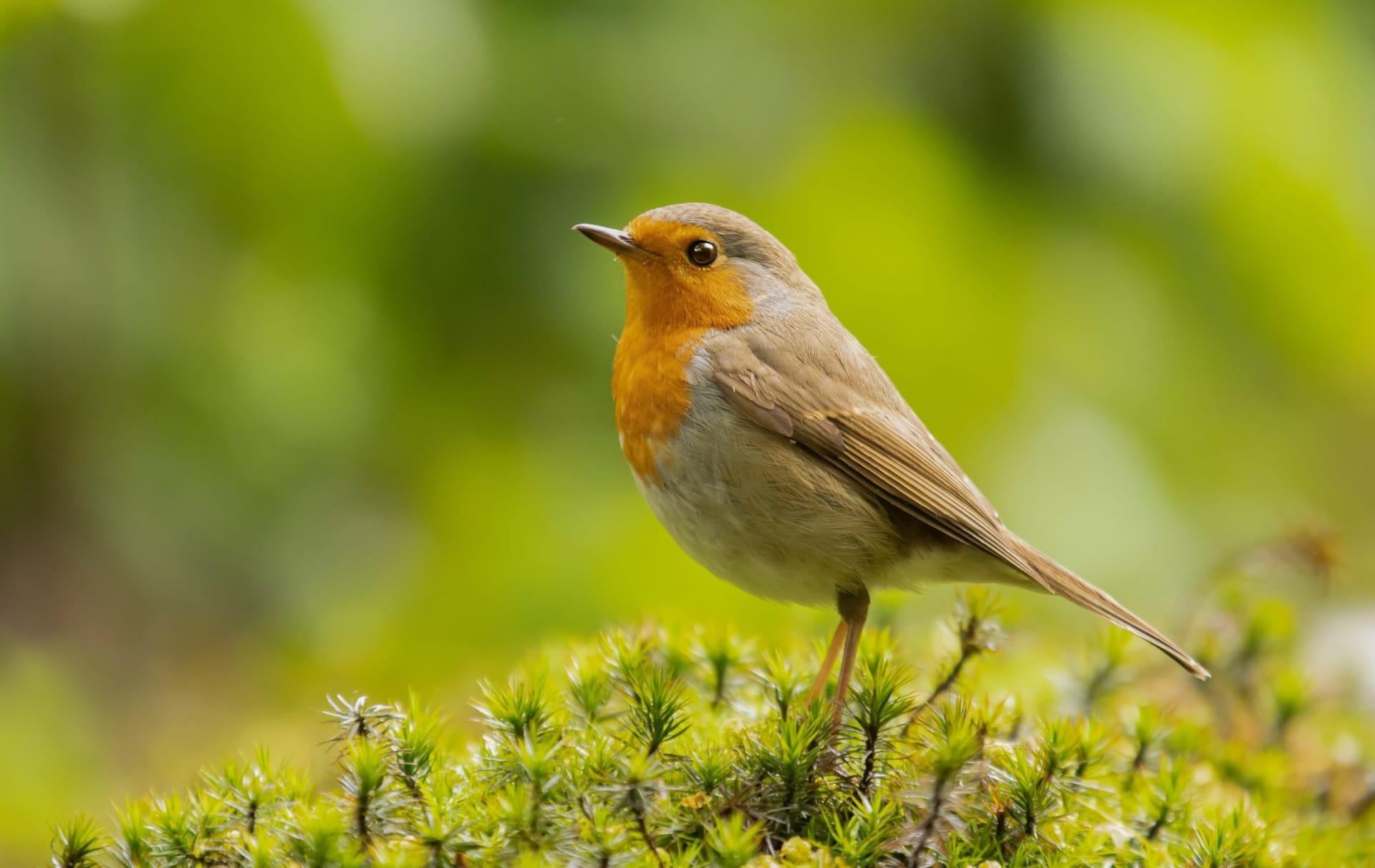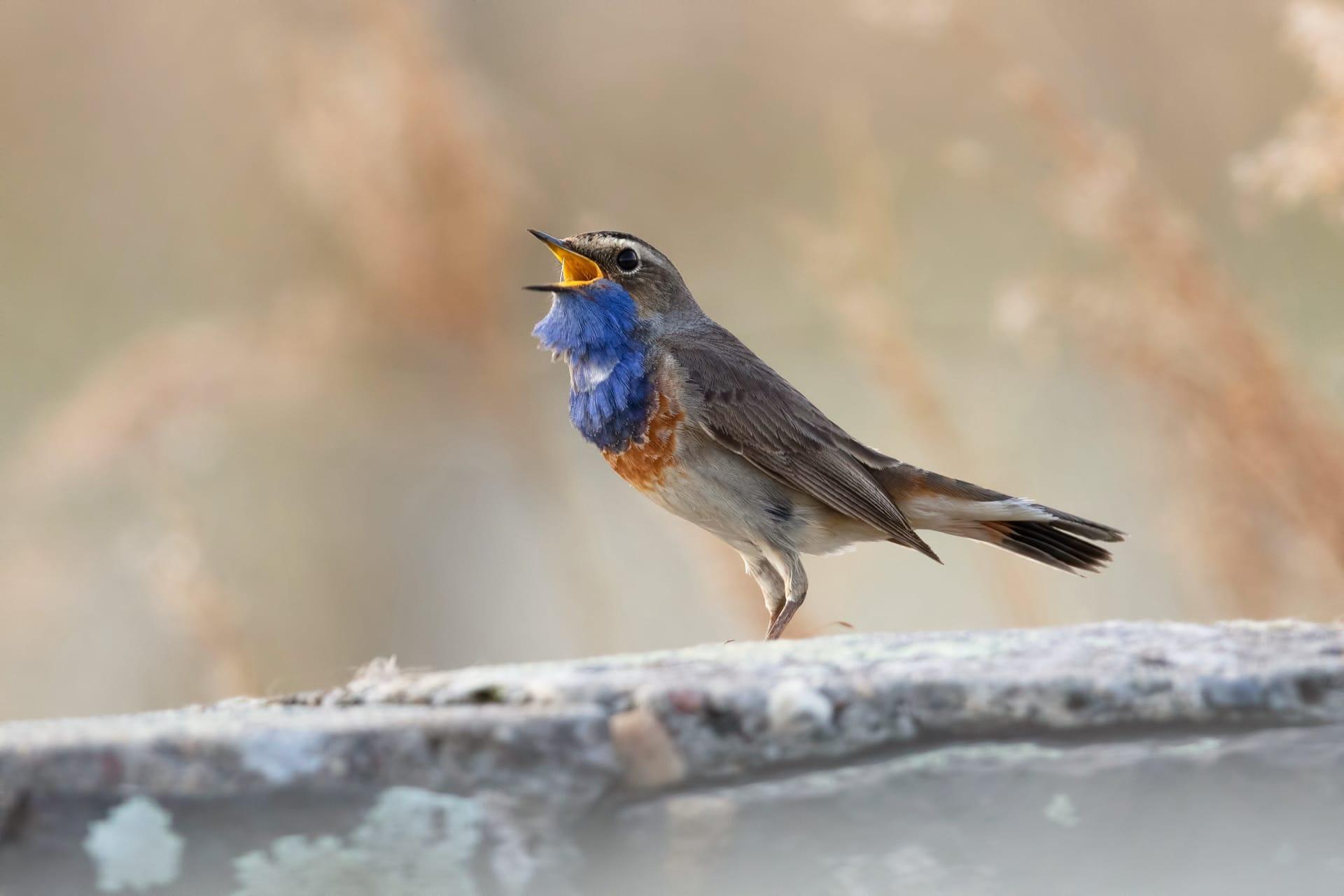American Robin Characteristics
- Home /
- Mini Encyclopedia /
- Animal /
- American Robin Characteristics
1
The American Robin, known scientifically as Turdus migratorius, is a widely recognized bird in North America. It's a medium-sized bird, typically measuring about 9 to 11 inches in length with a wingspan ranging from 12 to 16 inches. The average weight of an American Robin is about 2.7 ounces. These birds are known for their distinctive orange-red breast, gray back, and white lower belly. Their lifespan in the wild is relatively short, averaging around 2 years, although some individuals have been known to live up to 14 years in ideal conditions.
One of the most remarkable organs of the American Robin is its vocal cords. These birds are famous for their rich and melodious song, which is often a sign of the coming of spring. The vocal cords of the American Robin are highly developed, allowing them to produce a wide range of sounds. This ability is not just for attracting mates or declaring territory; it also plays a crucial role in social communication within their species.

2
Question: Why do American Robins often hop on the ground?
Answer: The hopping behavior of American Robins is closely linked to their feeding habits. They primarily feed on earthworms and insects, which they detect by sight, not by sound as commonly believed. When an American Robin hops, it stops frequently to look and listen for the movements of worms and insects in the ground. This stop-and-go motion enhances their ability to spot prey. Their keen vision enables them to detect the slightest movement in the soil, making hopping an efficient method for foraging.

3
American Robins are adept at both flying and hopping. In flight, they are swift and direct, with a typical speed of around 20 to 36 miles per hour. They are capable of making long migratory journeys, traveling from northern breeding grounds to southern wintering areas. On the ground, they are equally impressive, moving in a distinctive hop rather than a walk, which aids in foraging and navigating through underbrush.
In terms of feeding, American Robins are omnivorous and exhibit varied dietary habits throughout the year. During spring and summer, their diet primarily consists of insects and earthworms. In fall and winter, they shift to fruits and berries. They have a highly developed sense of sight, which is crucial for detecting prey. Their feeding strategy involves watching the ground intently and then swiftly pouncing on prey once detected.

4
The American Robin thrives in a variety of habitats, including forests, gardens, fields, and urban areas. They adapt well to human presence, often nesting in trees, shrubs, and even on building ledges in populated areas. Their ability to thrive in diverse environments is a key factor in their widespread presence across North America.
Reproduction is a significant aspect of the American Robin's life. They typically breed from April to July. Females construct nests using grass, twigs, and mud, and lay 3 to 5 blue eggs. The incubation period is about 14 days, and the young are cared for by both parents. Robins can produce several broods per year, which contributes to their ability to maintain and increase their population.

5
Book: "The Life and Times of the American Robin" by John Clarkson, published in 1998 in the United States. This book provides a comprehensive view of the American Robin's behavior, habitat, and migration patterns. Clarkson, an ornithologist, combines years of field observations with accessible writing to present a detailed portrait of these birds, making it an excellent resource for bird enthusiasts and nature lovers.
Book: "Robins in Your Backyard" by Emily Wilson, published in 2005 in Canada. Wilson's book is a delightful and informative guide for anyone interested in observing and understanding American Robins in their natural habitat. Focusing on the interaction between these birds and human environments, the book offers practical advice on how to attract and protect Robins in your backyard, along with insights into their feeding and nesting habits.